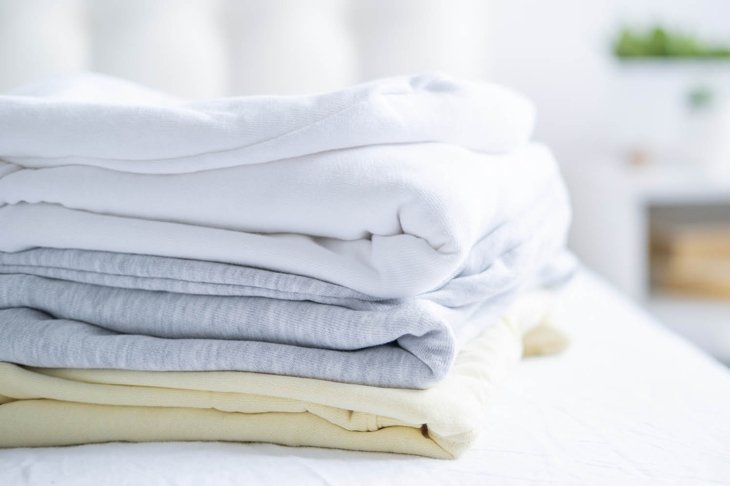
Unraveling the production and life cycle of your clothing can inform more mindful choices that keep toxic fabrics off your skin and out of your life.
In this era of “fast fashion,” clothing makers are constantly turning out new styles at low costs and dizzying rates. This high-paced production is detrimental to both human health and the planet. Toxic fabrics now permeate the fashion industry, winding up in our closets, on our bodies, and in our landfills. However, by embracing a more mindful approach to our clothing, we can bring together healthier and more sustainable wardrobes.
For starters, here are some toxic fabrics to avoid.
01
Synthetic fabrics

Fabrics like polyester, nylon, spandex, and acrylic are created using manmade fibers derived from petrochemicals. These fabrics undergo chemically intensive processing and are responsible for considerable offputs of carbon dioxide. Not only are synthetic fabrics made with chemicals that are toxic to humans, but they also offer less breathability than their natural fiber counterparts and have been linked to increased instances of dermatitis.
02
Semi-synthetics
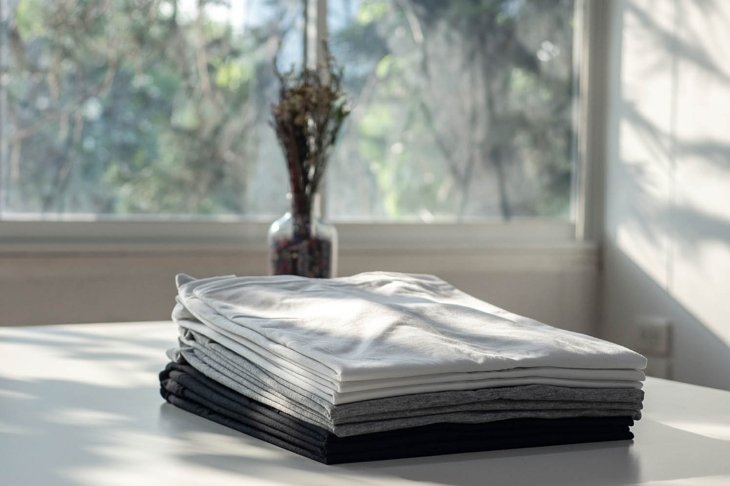
Some fabrics, including rayon in its many forms, are made with cellulose fibers that are derived from natural materials like wood pulp, bamboo, and eucalyptus. However, these materials are considered semi-synthetic materials because of the heavy chemical treatments used in the process of making them into useable fabrics. This means that fabrics like bamboo and modal—sometimes lauded as more eco-friendly and natural options than synthetic fabrics—can actually be toxic fabrics as well.
03
Conventional cotton
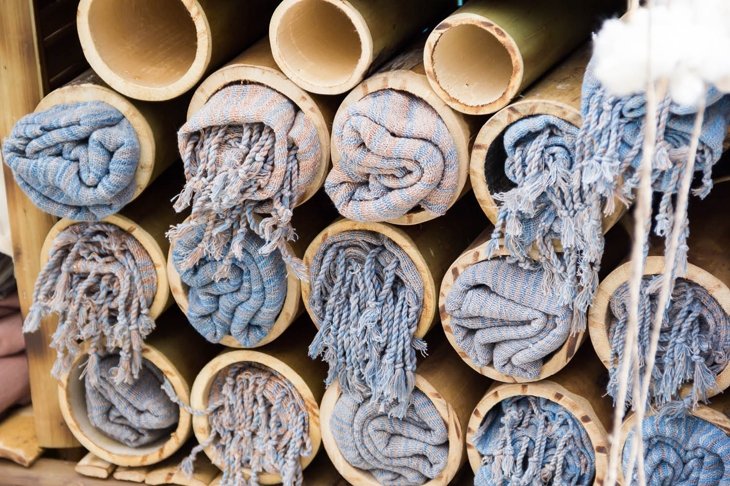
While it may be naturally derived, conventional cotton also poses concern as a common toxic fabric among our clothing. Cotton accounts for an estimated 37 percent of fabric used in the textile industry. Alongside massive water consumption, the conventional cotton industry uses an immense amount of fertilizers and pesticides, creating pollution and introducing toxins into the cotton itself.
04
Treated with toxins
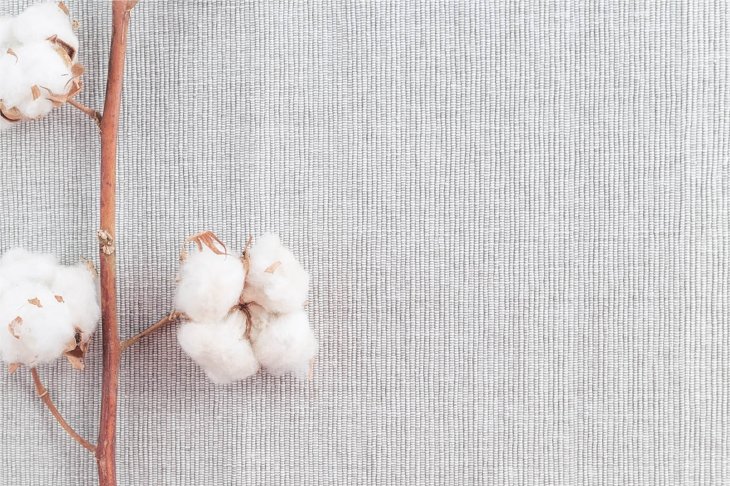
Outside of the harsh chemicals commonly used to make fabrics soft and useable for clothing, toxic fabrics are also created through dying and treatment processes used to make garments that are waterproof, anti-wrinkle, and anti-microbial. These finishing treatments are often carried out using known carcinogens, including perfluorocarbons, formaldehyde, some volatile organic compounds (VOCs), and heavy metals.
05
Long-haul fashion
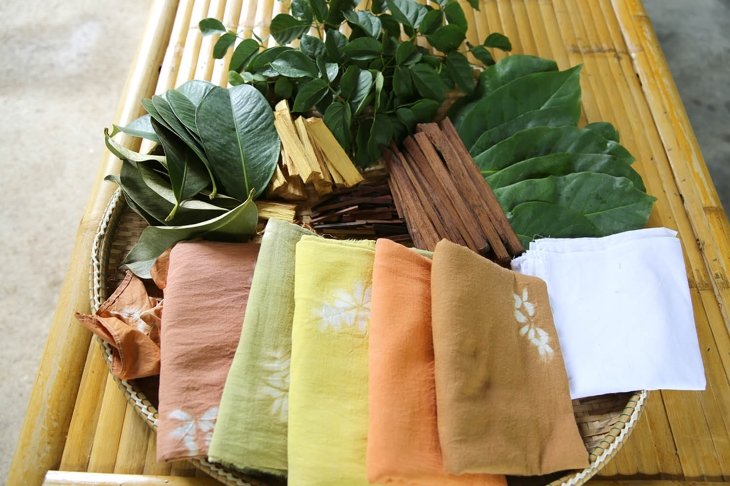
Chemicals used in preparation for storage and shipping long distances is another way for toxic fabrics to find their way into our lives. Biocides, fungicides, and chemicals like formaldehyde are used to keep fabrics free from pests, mold, and wrinkles during shipping.
Now that we’ve covered some of the worst toxic fabrics, let’s get into friendlier options for your body and the environment.
06
Embrace the “slow fashion” mindset
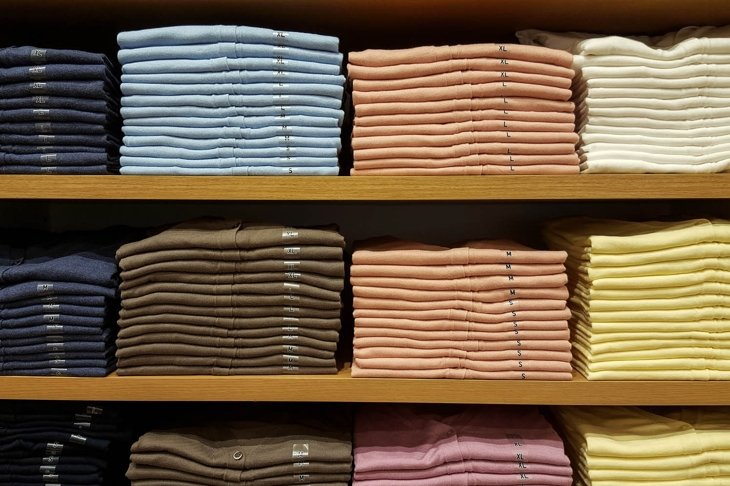
Weeding toxic fabrics out of our lives requires us to consider the production and treatment of our clothing, from a fiber’s creation to the first time we put our hands on our new attire. Choosing long-lasting clothing over the latest trends, quality over quantity, is a key step to a “slow fashion” approach that minimizes waste and the toxic fabrics that are so prevalent within the conventional fashion industry.
07
Choose sustainably grown natural fibers
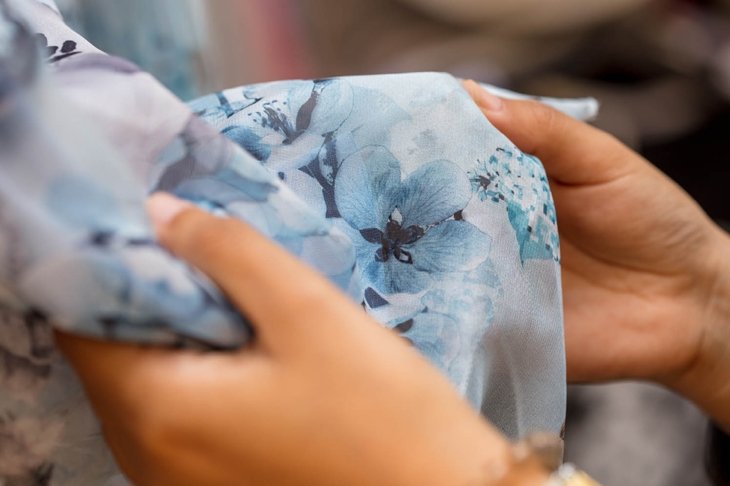
When buying new, take your time to find clothing made with natural fiber fabrics that are grown and processed using sustainable methods. These include fabrics like organic cotton, linen (made from flax), and hemp. While clothes made of these fabrics may cost more than those of fast fashion, they’ll not only be healthier for you and your skin, but also save money in the long run by lasting much longer.
08
Natural, nontoxic dyes and treatments
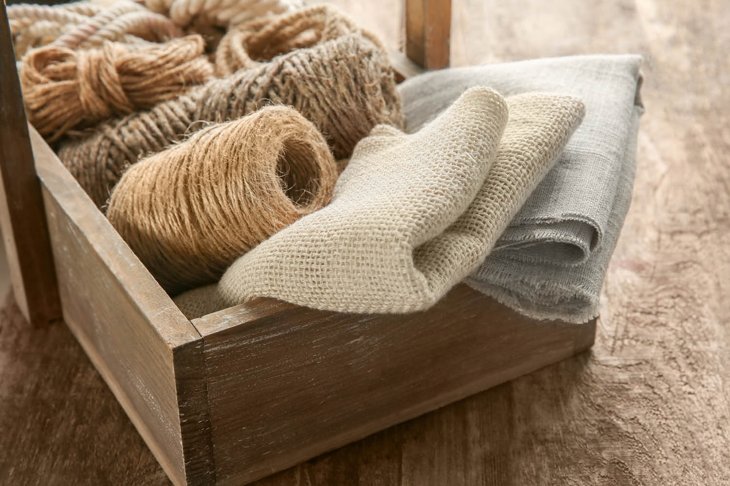
Look for clothing made with minimal, nontoxic processing and natural dyes. For example, when selecting clothing made of organic linen, look for naturally occurring colors such as ivory, tan, and grey. Similarly, materials made out of bamboo can also be a great option, but it’s important to be sure that the bamboo was sustainably grown and minimally processed using responsible and nontoxic methods.
09
Shop locally made
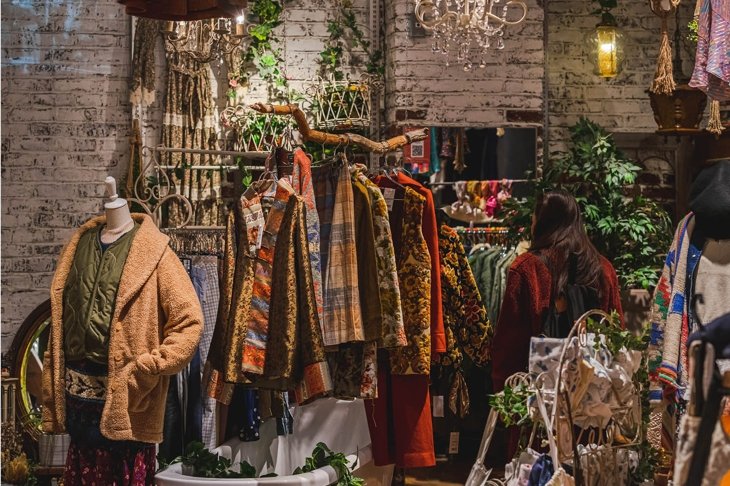
Fabrics and clothing made close to home save on the carbon footprint associated with transportation. Plus, buying locally made clothes minimizes the need to protect products from the vulnerabilities associated with long-distance shipping that may be mitigated with biocides, fungicides, and other chemicals.
10
Reduce, repair, and reuse
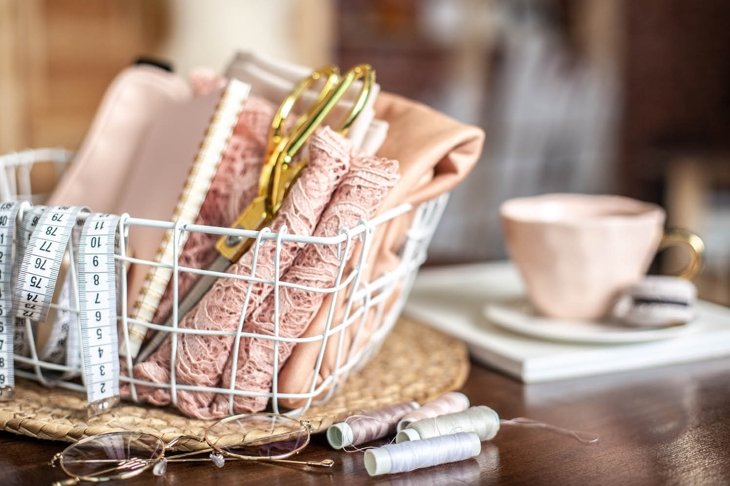
The textile industry has one of the highest turnovers of any industry in the world. Considering this, being as eco-friendly as possible and detoxifying our collective wardrobe goes beyond reading labels and shopping local. Driving the clothing industry toward less waste, use of nontoxic alternatives, and more sustainable practices means shifting our consumer demand to quality over quantity. This movement away from “fast fashion” can be accomplished by repairing the clothes we already have, prioritizing secondhand shopping over buying new, and using clothing until it is worn out.
















